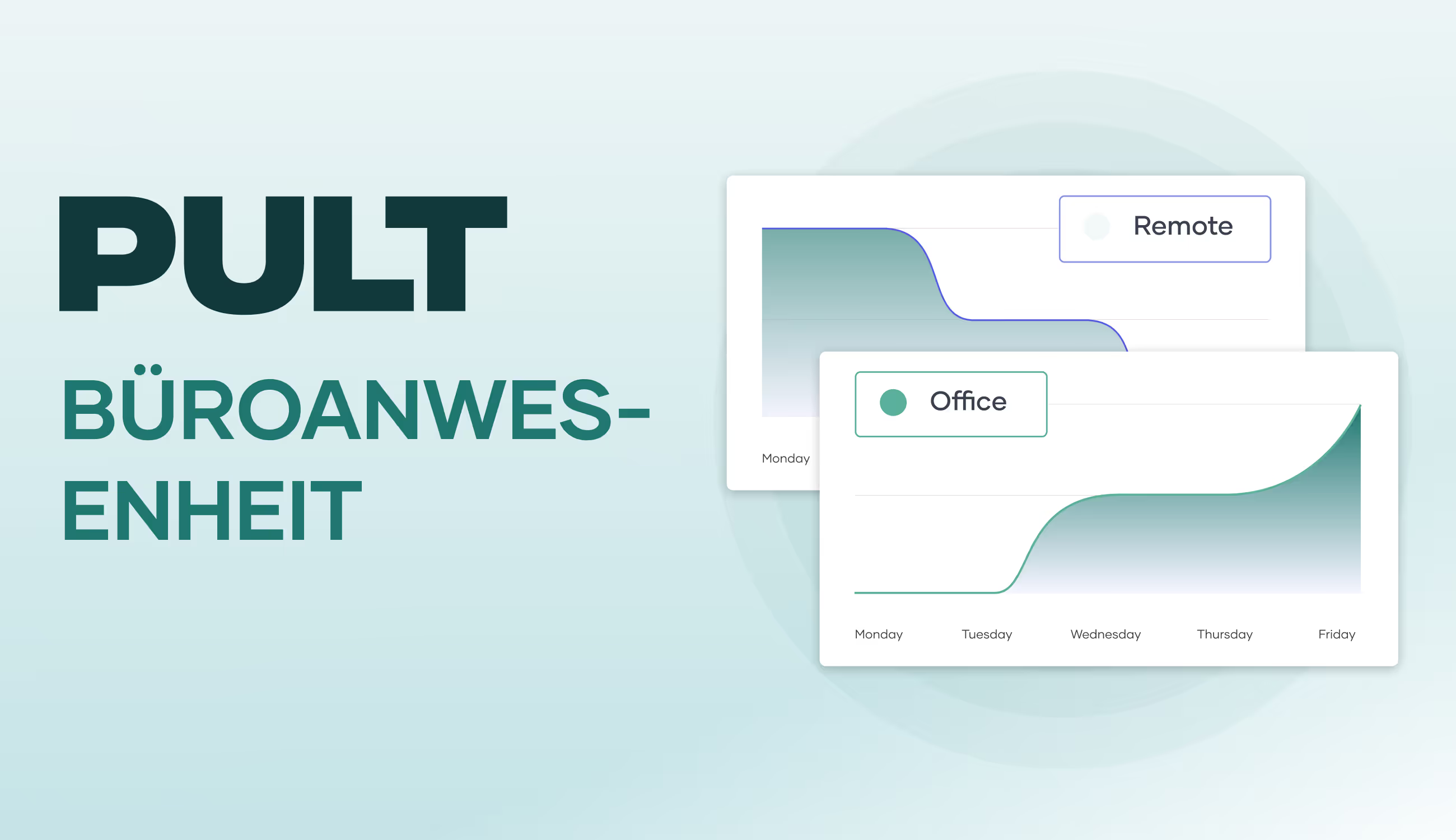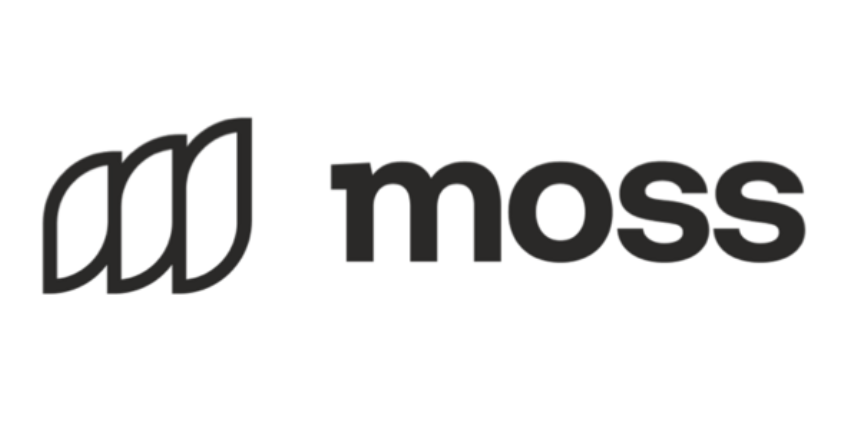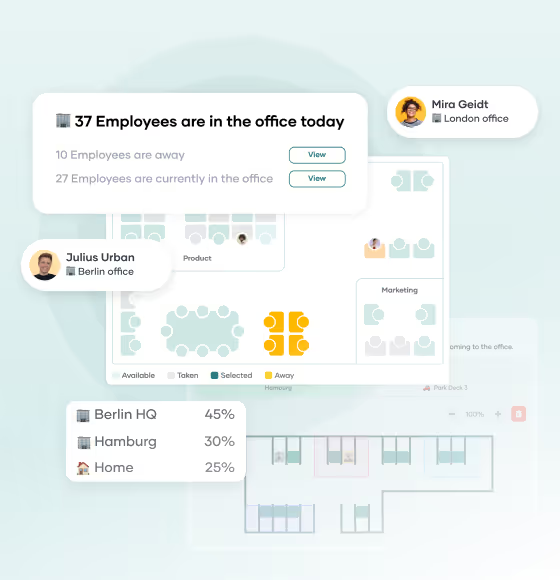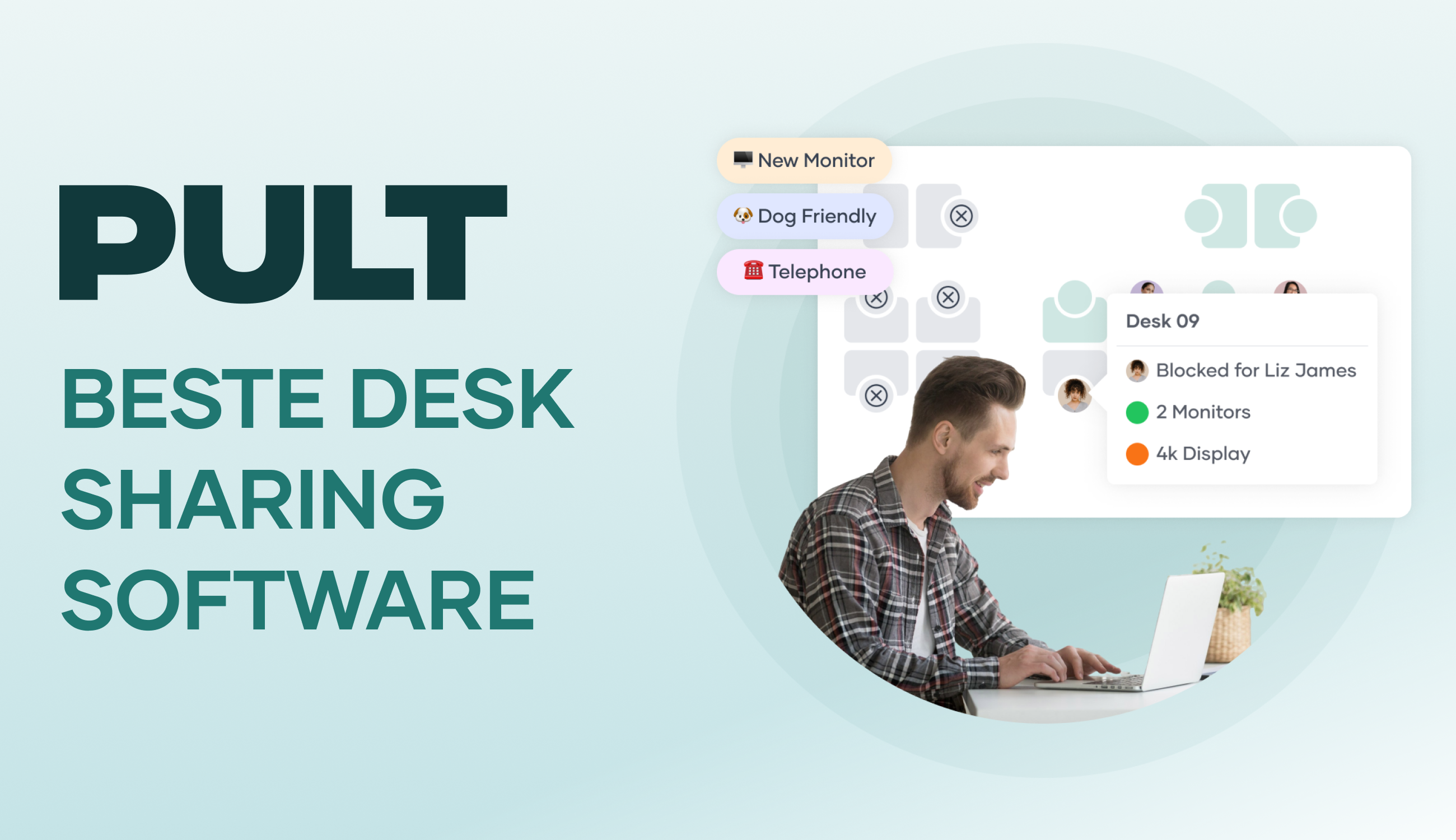Measuring and increasing office attendance: Calculation and software

Office Attendance: TL;DR
- Mandatory attendance rules in office do not increase productivity; rather, they reduce satisfaction and increase turnover.
- Attendance data can be used to reduce the number of individual workstations and create space for collaboration, breaks, and team zones.
- Actual office attendance can be measured by utilization, attendance days, and no-show rates. The most reliable way to do this is with an office attendance tracker that combines booking and Wi-Fi data.
- With office attendance software such as PULT, you receive real-time data on the use of your workstations and can derive targeted measures to increase attendance.
How do I measure office attendance?
You can measure office attendance using three key figures: workplace utilization, average attendance days per employee, and the peak day rate. In addition, no-show rates for bookings provide valuable information about how reliably your office is actually being used.
- Workplace utilization shows you how many workstations are actually occupied in relation to the available spaces.
- Days of attendance per capita show whether your employees tend to be in the office two, three, or even four to five days a week.
- The peak day rate tells you how high utilization is on peak days.
- No-shows indicate that employees book spaces or rooms but then do not use them.
You can record office attendance manually by counting and keeping your own Excel lists. This gives you initial indications, but is very time-consuming.
Classic booking systems go one step further. They show you which workstations or rooms have been reserved. The catch: a booking does not automatically mean that the space was actually used, and no-shows distort the picture.
The most reliable way to measure true office attendance is PULT Presence, an attendance software for your office. This records both bookings and actual attendance in the office. The recording takes place as soon as employees' laptops, tablets, or smartphones connect to the company Wi-Fi. This also works via your existing Wi-Fi infrastructure.
Tip: With the office evaluation feature in PULT, you can see exactly how your office is actually being used. You can record actual attendance, bookings, no-shows, and peak days in one office attendance system in PULT.
Discover PULT
What can office attendance data be used for?
Office attendance data allows you to use your existing office space in ways that were not possible before. Utilization figures enable you to offer your employees the rooms and zones that they actually want.
- Fewer fixed workstations: If you notice that many individual workstations regularly remain empty, you can reduce their number. A desk-sharing concept makes it possible to have fewer desks without anyone being left empty-handed. You can use the space that becomes available for other purposes.
- Create rooms that are in demand: Meeting rooms and team zones are in greater demand than traditional individual workstations. With the square footage you gain, you can set up meeting rooms, project areas, or creative zones that offer your employees real added value.
- Attractive break and relaxation options: Lounges, kitchenettes, or even sports areas make the office a place where people enjoy spending time. These areas are difficult to replace in a home office, and that is precisely what motivates people to come to the office voluntarily.
- Increase employer attractiveness: A modern, well-equipped office is also an argument in recruiting. Applicants are increasingly looking for a workplace that offers exchange, well-being, and relaxation.
Tip: Many employers want their employees to return to the office from working at home. With positive measures, you too can make a successful return to the office.
What is the impact of compulsory office attendance?
According to recent studies, compulsory office attendance does not lead to increased performance, but rather reduces satisfaction and can sometimes increase staff turnover. Younger generations are particularly affected.
- No increase in productivity: Analyses of companies with mandatory office attendance policies show that performance does not increase and in some cases even declines.
- Declining satisfaction: Employees feel patronized, which has a negative effect on motivation and loyalty to the company.
- Higher staff turnover: Many resign or look for new opportunities when they lose flexibility due to rigid attendance requirements.
- Unequal impact: Studies show that women, high-performing employees, and millennials are particularly likely to resign when mandatory office attendance is introduced.
Measurements as the first step toward increased office attendance
The option of spending individual workdays in a home office has become standard for employees. At least, that is true for professions where it is actually possible. However, office attendance is also a valuable asset that employers rightly want to see return.
The return to the office and thus increased office attendance is best achieved through positive motivation. Coercion tends to lead to attrition. Any measures that make your office more attractive are considered suitable motivators. Offer your employees something that their homes cannot provide.
In order to free up space for lounges, team areas, quiet areas, or even sports rooms, you will need to redesign the existing space and reduce the number of individual workstations. The first link in this chain is therefore to measure the current office utilization. And this is best achieved with Office Insights from PULT.
Important: As more colleagues return to the office, booking and attendance figures will naturally shift. Therefore, keep an eye on the trend in PULT, which is very easy to do using Office Insights.
By observing booking behavior, you can readjust the availability of individual workstations. This ensures that all employees can reliably book a free space at any time.
{{onpage-cta}}
A new hybrid workplace experience is coming. Start Now. 🎉
Measure, monitor, and increase office attendance! Get started with PULT now.





















.avif)




